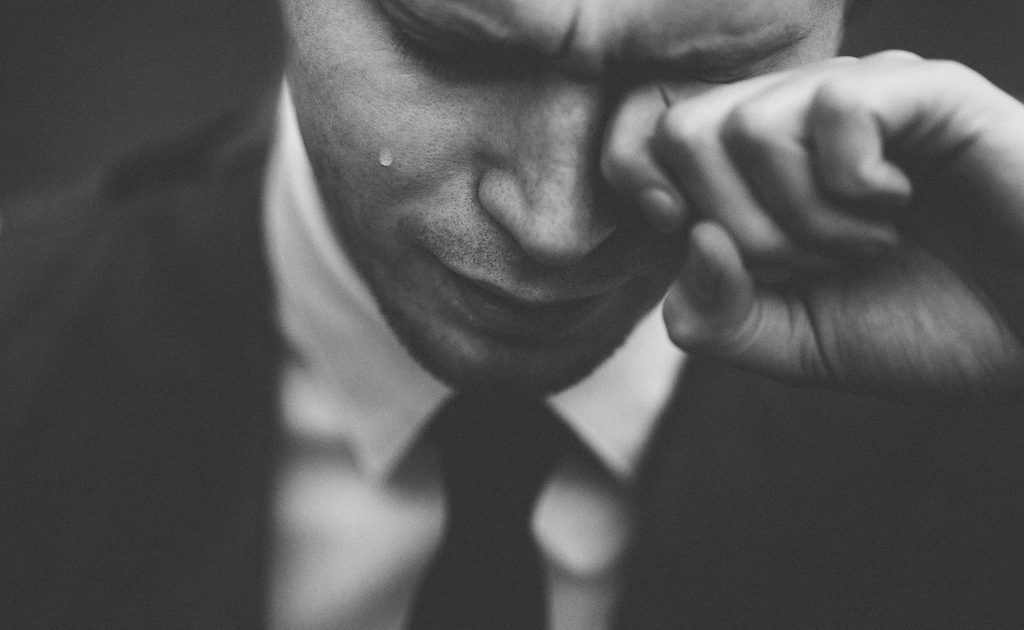The Men, the Myths, the Marriage
Think about the word “therapy”. What automatic thoughts come to mind? For me, I think of emotions, vulnerability, self-reflection, caring, and communication. How many these words are used to describe the male identity, especially men in therapy?
As a society, we often do not think of men as emotional, communicative beings. For the last 50 years, the American sitcom has portrayed the “typical” man of the house as a provider, punisher, and protector.
The man of the house often worked long hours, came home tired, disciplined the children, and came to the rescue to a crying child whom he quickly passed to their mother for comfort. These depictions further contribute to the stigma of men and further perpetuate the notion that men are disconnected from issues and emotions.

It comes as no surprise that men often have a reluctance to participate in therapy.
There could be a myriad of reasons ranging from lack of ability to identify emotions, minimal male role models throughout life, or the masculine role socialization.
For example, depression is often seen as an illness that affects women.
The symptoms of depression is depicted by crying, withdrawal, and lethargy.
Though we might not think of depression as an issue for men or for men in therapy, it cannot go ignored or overlooked. Often times, a man will not enter a therapist’s office and verbalize, “I think I am depressed.”
Depression in men, at least in the early stages, often does not fit the clinical depiction or description of depression.
It often manifests as irritability; anger; hostile, aggressive, abusive behavior; risk taking; substance abuse; and escaping behavior (for example, over involvement at work or other outside activities).
Another escaping behavior that has been noted concerns some men’s tendency to become overly sexually active, usually in the form of extramarital affairs or a series of brief, emotionless sexual encounters.
So how to we support men and their mental health needs?
Here is a list of ways to possibly handle a male in the therapeutic setting:
How to Support and Engage
- Normalizing fears, stigmas and behaviors. Acknowledging the struggle and willingness to come to therapy can help validate those concerns.
- Focusing on the behavior and not the person is a healthy strategy for addressing any form of change. For a man that might be more of a solutions focused individual, highlighting that engaging in therapy could decrease stress or a specific area life concern which could lead to increased overall satisfaction.
- Therapy can be tailored, structured, and individualized based on personality and need. Often the reluctance to attend therapy is the unknown parts of therapy. We tend to let our mind drift to laying on a couch and pondering on “how does that make you feel?” The reality is, relationship and couples therapy has a path of treatment that can be laid out during the first session. Therapy can be a short-term solution to a long-term problem.
- Practice Patience. When coming to couples counseling, it has historically been used as a last resort strategy to fix a broken relationship. The same way the relationship did not fall apart overnight, healing does not happen overnight. Practicing patience, compassion, and having an end goal in mind can help when a man faces issues in attending therapy.
Remember, your therapist is with you every step of the way. One of the key missions of In Between the Lines therapy is to make therapy more relatable to men.
We pride ourselves as standing behind the notion that therapy is short term and should be more solution focused. The therapists at In Between the Lines have been trained to create plans and to take action particularly to assist men during the therapy process.
Johanna Agnew, LPC
Let us know your thoughts!



Share your thoughts